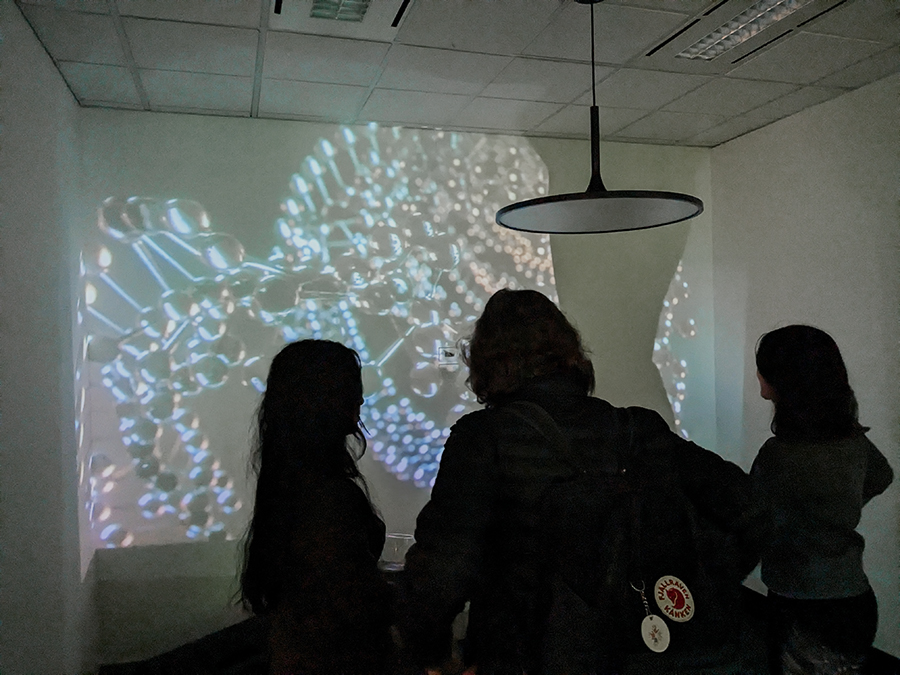ColLab 7 examines the Chemistry of the City
Some 90 people gathered in Melbourne on Thursday, August 10th 2023 for a lively colLab discussion on the theme Chemistry of the City.
ColLab Event 7 examined how as an industry we can drive change and influence decision makers to achieve low-carbon outcomes in the building and construction industry.
Bruce Wymond, Moderator and Executive Director | Inhabit moderated the discussion with panel members:
Siân Willmott, Sustainable Design Leader | Hassell
Bobby Wei, Associate Director | Bates Smart
Tom Dean, Director – Carbon Planning | Slattery
Lee Yates, Technical Manager – Façade, Integrated Solutions | Lendlease.
During the discussion the panel also answered questions from the audience leading to a lively debate.
Topics covered included:
- The need and challenges to reduce embodied carbon in façades
- Shifting the focus to embodied carbon in buildings in response to legacy ideals to design for reducing operational carbon.
- How to establish embodied energy targets, considering overseas legislation, experiences and locally collated knowledge by panel organisations
- How best to get market buy-in to develop these targets while being feasible for the market
- How to support architects, engineers, builders and suppliers to come on board, and to play an increasing part in designing and building lower embodied carbon assets
- A reasonable timeframe to implement low embodied carbon building targets and how legislation may assist in defining the approach
- Global supply chain trends, availability and assurance of the certificates and claims from material and product suppliers.
Inhabit’s Melbourne team created immersive experiences to illustrate the importance of carbon in the environment. The first space represented the rainforest which would not exist without carbon – the space invoked colliding senses including visual, hearing, olfactory and touch to demonstrate the value of carbon and life. The second space represented the life cycle of carbon through an audio-sensory experience, offered through the lens of construction processes and stages within the material life of our buildings.
Supporting the concept of embodied carbon, Inhabit’s Building Physics and Sustainability team had assembled common façade materials such as bricks, glass, aluminium and steel with representations of how much embodied carbon they contained
In the main meeting room Inhabit’s Sustainable Design/Building Physics team had assembled common façade materials such as bricks, glass, aluminium and steel with representations of how much embodied carbon they contained. The team also illustrated embodied carbon in the city buildings with drawings on the windows and guests were encouraged to add to these.
Following the discussion light refreshments and drinks were served and guests enjoyed the opportunity to network with their industry peers peers – where the conversation continued late into the evening – connecting attendees through interest, and the clear need to work collaboratively toward a more sustainable and less impactful outcome on our projects.
For more information visit the colLab 7 Event Landing Page.




